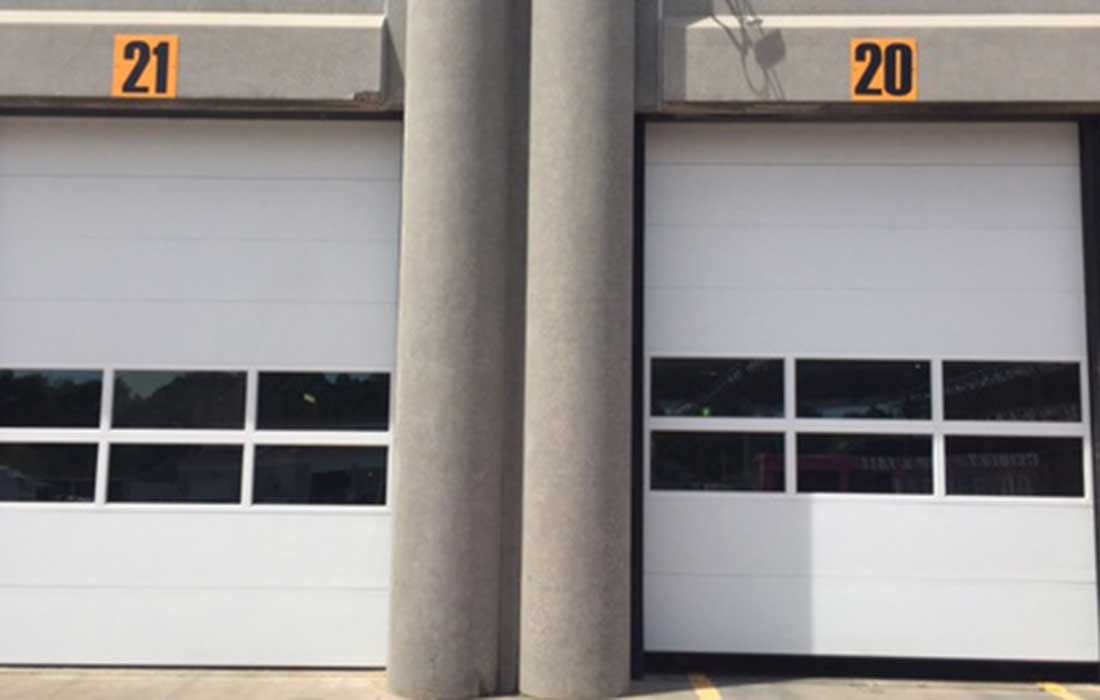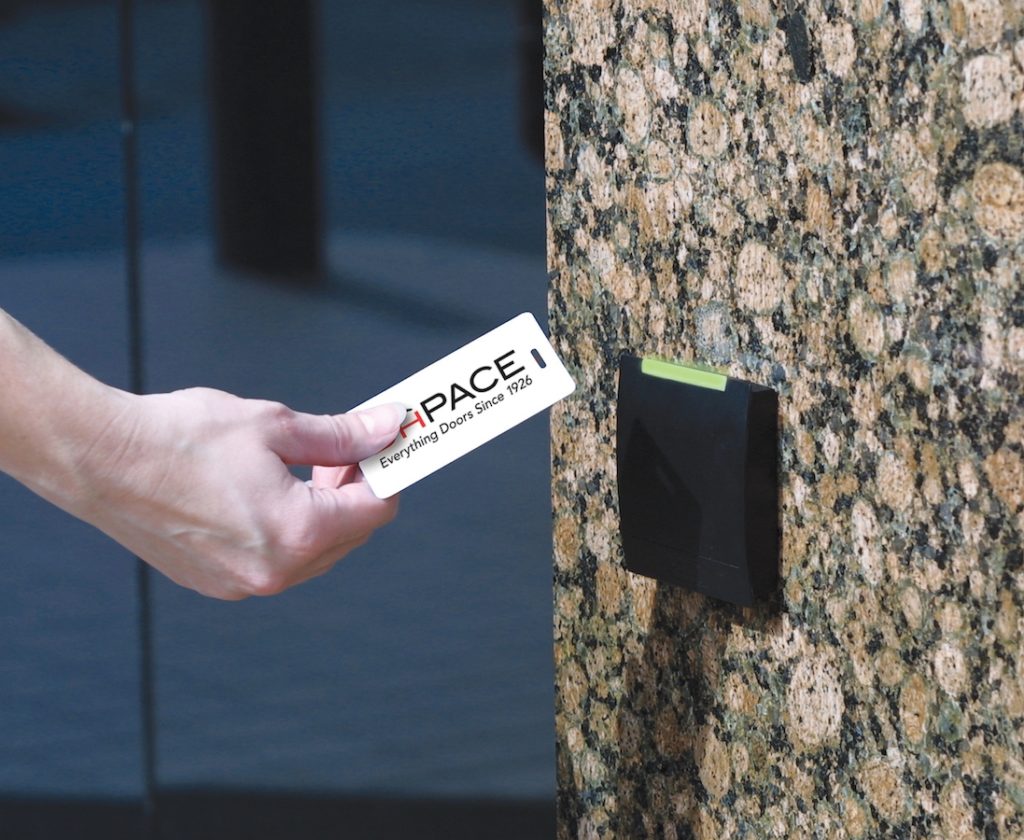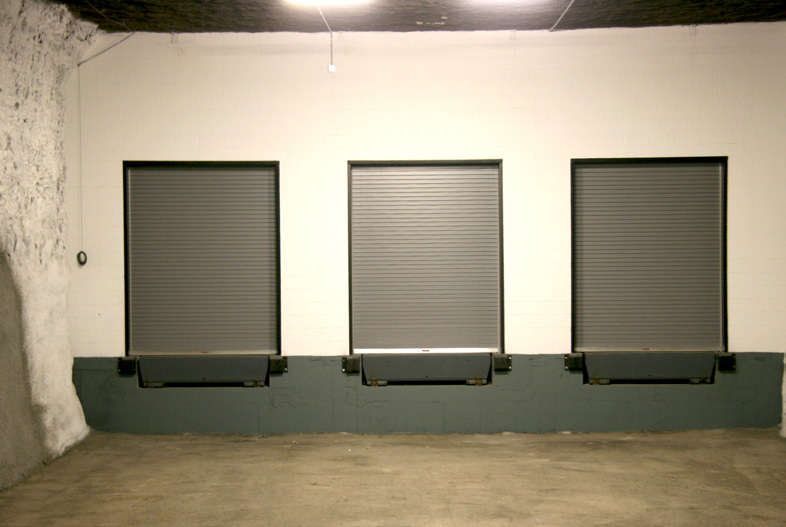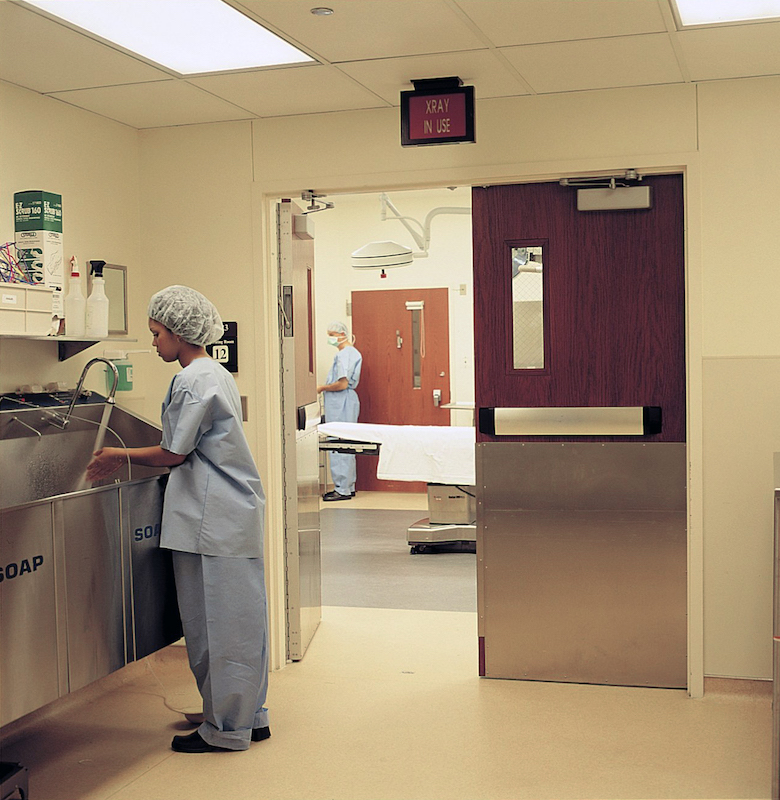12.12.2016
Metro Transit System Unifies Service Station Doors

INTRO
A metro transit system upgraded the commercial overhead doors at bus service facilities across the city.
PROBLEM
The transit system in a major metropolitan area was ready to make a capital investment in upgrading the overhead doors at the bus service facilities for their diesel and compressed natural gas (CNG) buses and rapid rail system. The systems runs 550 buses, 318 rail cars and has more than 35 stations. It ranks among the top ten largest rapid transit systems in the US by ridership. The doors at the bus facilities were long past their efficient work life. With the system’s inception in the early 1970’s, many should have been replaced up to 20 years prior.
There were a few major issues with the existing doors. Since many of them were old and past their life expectancy, they were very inefficient and represented huge costs in heating and cooling the service stations. There were also numerous brands and styles of doors, some of which were obsolete, which made it difficult to from a maintenance standpoint to get parts and maintain the doors properly. It was the owner’s intent to unify the products to one manufacturer for ease of sourcing maintenance and repair parts.
Recognizing the quantity of doors to be replaced, DH Pace was invited to participate in the bidding process. The transit system needed someone who could handle the scale of the project, as well as help store materials and control the logistics.
SOLUTION
Where original aluminum and uninsulated glass doors were once stood, DH Pace recommended installing
insulated sectional steel doors with strategic insulated full vision sections and enhanced performance features
for the maintenance facilities.
The customer liked the modern, sleek look of the doors and the competitive pricing. Most importantly, DH Pace managed the logistical challenges associated with the duration of the project. This included removing the existing doors, installing the new doors, storing materials and addressing any security issues associated with serving the occupied and fully-functioning maintenance facilities.
Over the course of almost a year, DH Pace procured and installed insulated sectional steel doors at four facilities across the transit system, averaging over 50 doors per location. The steel door construction featured a thermal barrier to withstand extreme temperatures and demanding environmental conditions. It also offered good sound suppression with a Class 26 sound transmission rating. The enhanced hardware features assured added longevity of the products under the continuous use.
CONCLUSION
The transit system gained much more than new doors by working with DH Pace. They improved working conditions inside the maintenance facilities by providing a comfortable, climate-controlled environment. They also realized major efficiencies with energy savings. And finally, they simplified their facility maintenance long term by using the same door model throughout their properties.



